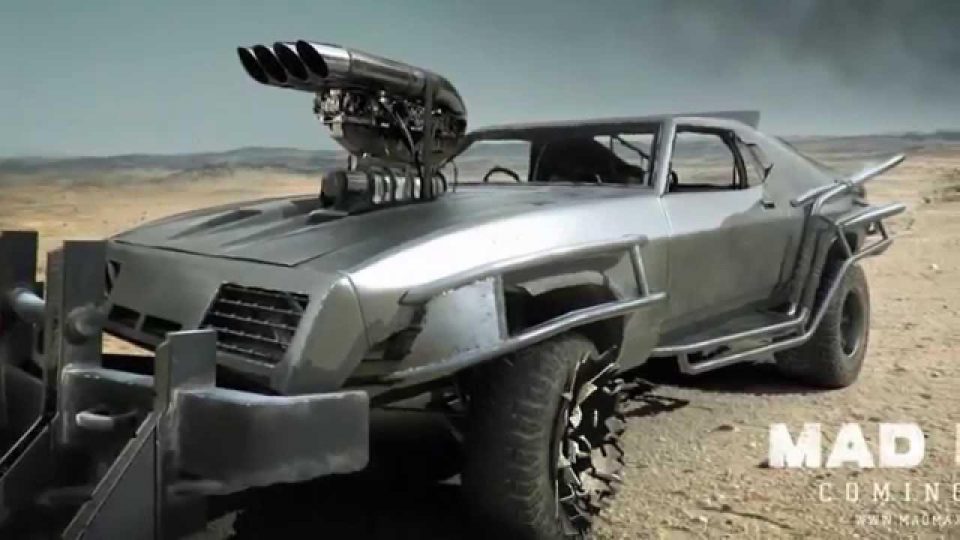I spent three minutes inwards Tesla’s Model three — and I’m still thinking about it a day later
The inwards track on Washington politics.
*Invalid email address
The raucous crowd had dwindled to a few dozen hangers-on. The international reporters had returned to their hotels, and Tesla’s billionaire chief executive, Elon Musk, had disappeared into his sprawling Fremont, Calif., factory about an hour earlier.
Tesla’s Model three rollout was essentially over, but in a nearby parking lot where the very first test rails of the electrical car were being suggested, the night’s enthusiasm had yet to wane.
In almost any other circumstances, a silent, three-minute rail around a poorly lit factory parking lot that hardly cracked school-zone speed boundaries would’ve been a laughably underwhelming practice. But for many riders, myself included, this time was different.
One spin in the Model three just wasn’t enough. Journalists, factory workers and their family members, and random revelers on mitt to feast returned to the back of the line over and over again as if the understated electrical sedan were a futuristic carnival rail.
“That was fantastic,” one man said as he got out of the car. “Can we take pictures?”
“Can we do it again?” a woman asked.
It’s fairly likely that the effusive reactions were at least partly influenced by Tesla’s sustained PR campaign. Company handlers had been force-feeding attendees a diet of Model three exuberance for several hours in the form of hypnotizing movies, splashy lights, upbeat dance tracks and free drinks – providing people the feel of having an sensational backstage pass to the automotive future.
“This is the world’s very first mass-market electrical vehicle,” we were told. “You, my friend, are experiencing history!”
But from the moment you sit inwards the Model Three, you do sense that you have entered uncharted territory. What made the practice unique, is the identically instantaneous sense that this uncharted territory is actually familiar.
Call it driving déjà vu.
I attribute that feeling to the intuitive nature of the Model 3’s minimalist design. But it also has to do with the way the car seamlessly incorporates technology that is already 2nd nature in many people’s everyday lives. Instead of peering into a cluttered dashboard, for example, you see critical information about the vehicle arriving via a clean, 15-inch display that will look instantly recognizable to any smartphone user.
That said, the door treats may take one or two attempts to get used to. I got carried away and flapped my arm over them expecting the Tesla genie to open the door for me. Alas, the year is 2017, not 2117.
“We aimed for a very ordinary, clean design, because in the future — truly, the future being now — the cars will be increasingly autonomous,” Musk said Friday. “So you won’t truly need to look at an instrument panel all that often. You’ll be able to do whatever you want: You’ll be able to see a movie, talk to friends, go to sleep.”
Devoid of buttons and the typical instrument cluster in the driver’s line of look, your eyes are drawn instead to the road ahead. The windshield wipers, headlights, mapping, temperature, music and steering wheel can be adjusted with a few taps by on the horizontal display. The speedometer is also prominently displayed here, in the upper left corner, a feature that our driver said originally caught him off guard, but now seems safer and more intuitive than glancing behind the wheel to check your speed.
“I felt like I was driving in an Eames chair,” the Verge’s Tamara Warren wrote after getting behind the wheel of a the Model 3’s premium model. “It took a moment to orient myself — no gauges, no speedometer, no airplane cockpit cues. Instead, one continuous slick line inbetween myself and the road ahead, offset by natural, unfinished wood.”
It’s not so much that Tesla is ushering in the future. After railing in the Model Trio, I’m more inclined to think that Tesla is single-handedly pulling the automotive industry into the present – the way anyone born before the Internet thought two thousand seventeen would look like decades earlier.
The Model three — touted as the very first “mass-market” electrified car — will commence at $35,000, go from zero to sixty miles per hour in Five.6 seconds and have a top speed of one hundred thirty miles per hour.
The car has a range of two hundred twenty miles to three hundred ten miles and has been designed to “have the highest safety ratings in every category,” the company said.
“This car feels like an automotive tipping point, a sign that electrical vehicles — and hopefully, the infrastructure that supports them — have eventually come into their own,” Wired’s Jack Stewart observed.
To be fair, Tesla, for all its revolutionary rhetoric, is hardly the very first vehicle to inject this space. Prospective buyers are already comparing the Model three to the Chevy Bolt, Motor Trend’s two thousand seventeen Car of the Year and the two thousand seventeen North American Car of the Year. The Bolt’s 240-mile battery range is slightly longer than the base Model 3’s 220-mile range. The “long range” premium Model three can go three hundred ten miles before it needs more juice.
One major difference inbetween the vehicles, however, is price. With incentives, the Bolt is available for less than $30,000. With incentives, the base Model three is comparably priced, but packages and options can almost dual the price tag. A Model three with every premium option would cost about $60,000, according to the latest details released by the company.
The competition, it seems, has begun.
“This is a direct challenge for Tesla to make the Model three anything near the Bolt EV for the same price,” Motor Trend executive editor Mark Rechtin said. “Chevrolet has made affordable, long-range electrical transportation available to the masses. Elon Musk should be afraid. Very, very afraid.”
